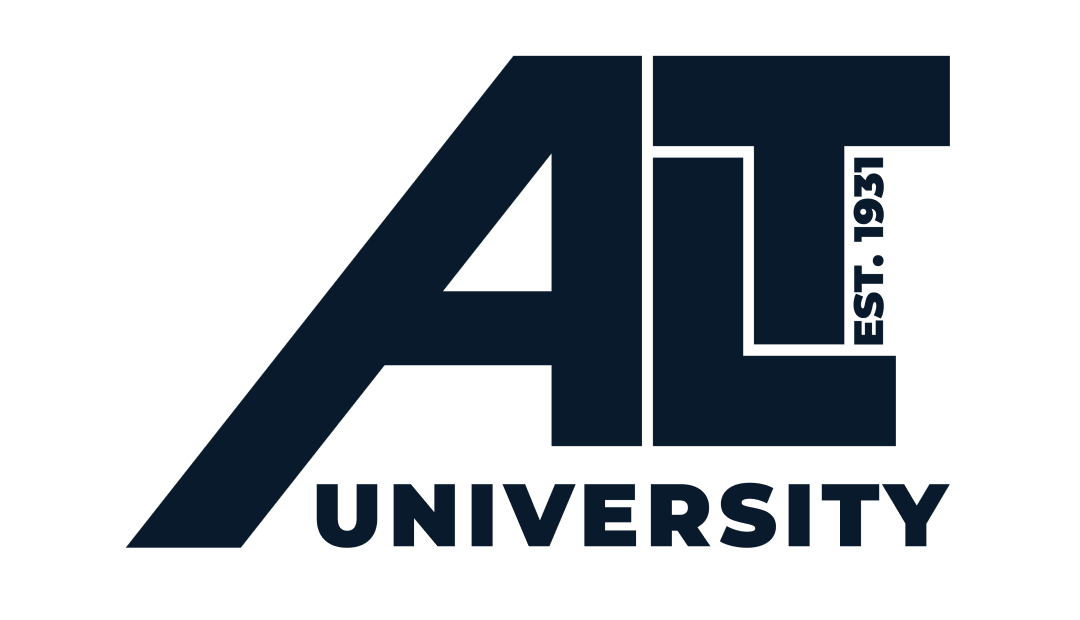Zhas Galym Projects
Project of grant financing of research of young scientists under the project “ZHAS GALYM” for 2025-2027

Temirbekova Marzhan
Project Title:
Identification of marker air pollutants from industrial and transport sources using machine learning and their impact on respiratory diseases.
Summary:
The project aims to develop an AI-powered expert system for real-time monitoring, analysis, and forecasting of air pollution in Kazakhstan’s urban areas. The system will assess emissions from industrial facilities, road, railway, and aviation transport, and model their effects on public health, particularly respiratory diseases caused by toxic pollutants.
The research integrates Big Data analytics, mathematical modeling, chemical analysis, bioindication, and machine learning methods. The project outcomes will support government agencies and industries in implementing effective environmental protection measures and improving air quality management.
Project duration: 2025–2027
Project of grant financing of research of young scientists under the project “ZHAS GALYM” for 2024-2026
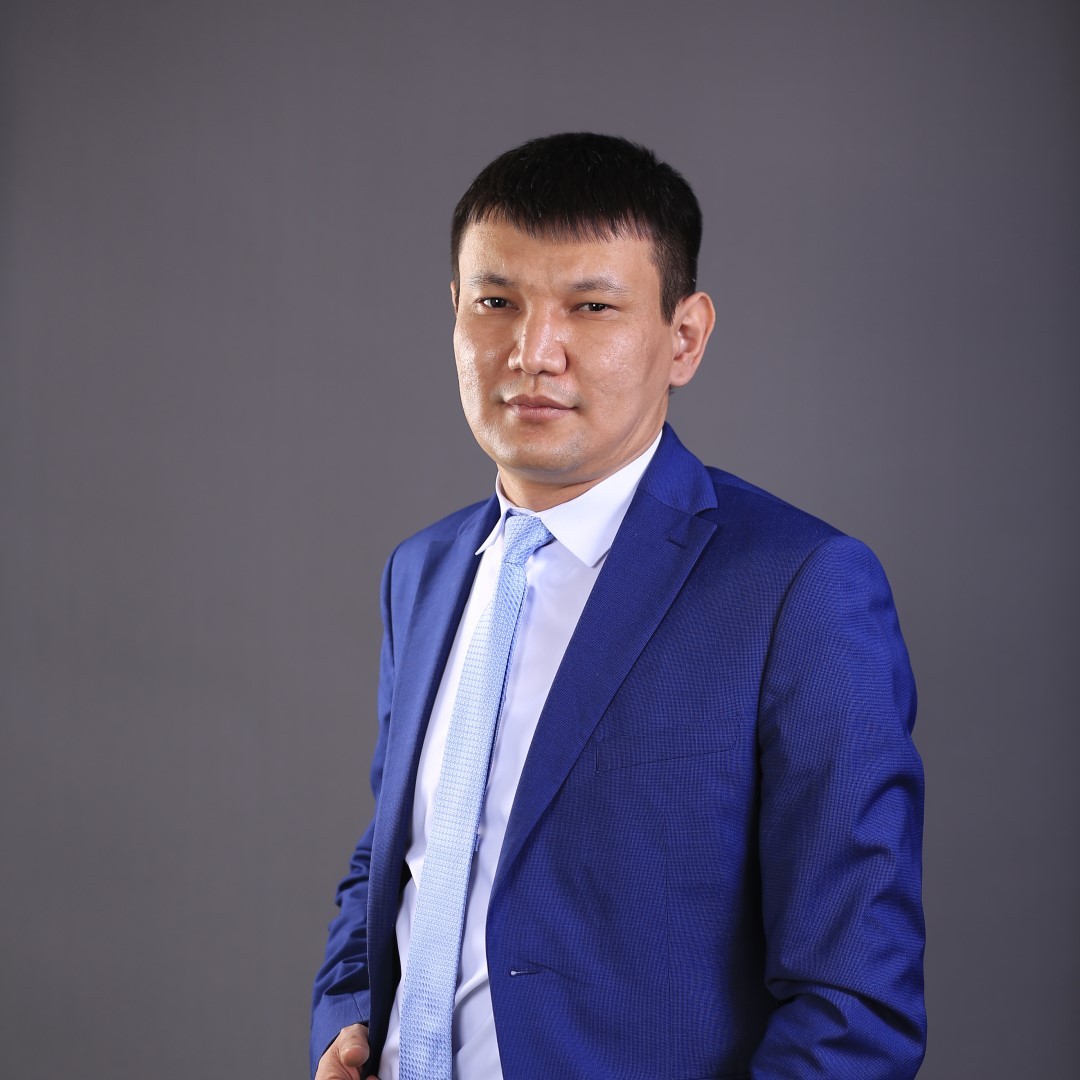
Gabit Bakytuly
AP22688234 “Development of a Method for Improving the Operational Efficiency of Shunting Locomotives”
The goal of the project is to develop an optimal way to reduce diesel fuel consumption and emissions of harmful substances into the atmosphere by shunting diesel locomotives using a hybrid power plant based on a diesel engine with a dry sump and energy storage.
The transport system of the Republic of Kazakhstan is an integral part of the fuel and energy complex (FEC) and constitutes a single technological related system with it. Energy saving is an integral part of the Energy Development Strategy of NC KTZ JSC until 2025 (approved by the Board of Directors of the Company on 26.11.2015, No11) – it determines the introduction of a new generation of energy-efficient traction rolling stock on the railway.
The condition of traction rolling stock and the operation of railway transport in Kazakhstan have undergone significant changes in recent years. According to KTZ – Freight Transportation LLP, fixed assets are worn out by more than 50%; the wear and tear of shunting diesel locomotives is more than 70%; Depreciation of the main repair equipment of locomotive depots is 60%, the level of technological equipment does not exceed 40% of the regulatory standards on average. At the moment, the inventory fleet of shunting diesel locomotives is 650 units, of which 114 units have been updated over the past 10 years.
Based on the analysis of foreign and domestic studies, a method for calculating the fuel consumption of the boiler heater will be developed to maintain the thermal state of the shutdown locomotive. The introduction of an innovative method will reduce the operational consumption of fuel and the level of emissions of harmful substances into the atmosphere, as well as increase the operational reliability of shunting diesel locomotives;
The theoretical and practical results obtained will make it possible to obtain a technical solution that is of great importance for the locomotive economy of a set of tasks to improve the operational fuel efficiency and reliability of shunting locomotives through an innovative method, this, in turn, will reduce the operating fuel consumption and the level of emissions of harmful substances into the atmosphere, as well as increase the operational reliability of shunting diesel locomotives.
The main results of the research are reflected in:
- Bakyt G.B., Baubekov E.E., Musin N.G. Review of advanced methods and means of diagnosing diesel locomotive diesel // Journal “Industrial Transport of Kazakhstan”, Almaty, KUPS, 2020. – №2. Pp. 103-107. https://chrome-extension://efaidnbmnnnibpcajpcglclefindmkaj/https://prom-trans.kz/assets/files/zhurnal/2-2020-67.pdf;
- Elshibekov A.M., Abdullaev S.S., Bakyt G.B., Shevlyugin M.V. Analysis of the possibility of using energy accumulators in the power supply system of installations necessary for power supply // Vestnik KazATK, Vol. 121 No 2 (2022), pp. 88 – 96. DOI: https://doi.org/10.52167/1609-1817-2022-121-2-88-96;
- Abdykadyrov A., Marxuly S., Baikenzheyeva A., Bakyt G., Abdullayev S., Kuttybayeva A.E. Research of the Process of Ozonation and Sorption Filtration of Natural and Anthropogenicly Pollated Waters // Journal of Environmental Management and Tourism, 2023, 14(3), страницы 811–822. DOI: 10.14505/jemt.v14.3(67).20.
Sustainable Development Goals:


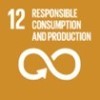
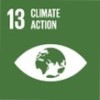

Zhanna Suimenbayeva
AP22686357 “Research and Construction of an Information System for Processing Orientation and Stabilization Data of Nanosatellites Based on Filtration Methods”
The purpose of the work is to develop an information system for testing small spacecraft in order to increase the reliability, efficiency and depth of bench tests based on the study and improvement of mathematical models for processing measurements, as well as information support for technological test processes.
At present, there is an increased interest in the world in the development and use of small nano/pico spacecraft for various applications. They are widely used in academic research, as well as in commercial and scientific missions, contributing to the democratization of access to space and the participation of a wider range of scientists and companies in space research.
To test pre-launch tests of nanosatellites, test benches are being developed that make it possible to identify system vulnerabilities at the ground testing stage and simulate the behavior of a nanosatellite in conditions as close as possible to near-Earth.
The project is devoted to the creation of an information system for processing nanosatellite orientation data based on filtering methods and methods of semi-natural modeling of data processing received from the spacecraft.
The subject of the project is aimed at solving an urgent issue – ground experimental confirmation of the technical characteristics of onboard systems of small spacecraft by processing data in an information system using the principles of semi-natural modeling
The object of this research is the information flows circulating in the analytical information system during the processing of data from testing nanosatellite orientation systems.
Sustainable Development Goals:


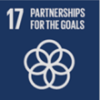

Akylbek Bapyshev
AR22685077 “Development of a method for generating a guaranteed fuel reserve in the tanks of the spent stage of launch vehicles, taking into account the possibility of its controlled descent”
The aim of the project is to study an innovative technology for the creation of a launch vehicle based on a system for the generation of HZT in the LV fire alarm tanks and to develop an autonomous onboard removal system (ABS). This study makes certain changes to the ideology of the design and life cycle of the LV, taking into account the real technological process of LV preparation and start-up and the reduction of economic costs for the recovery of natural resources.
The main issues of ensuring the environmental safety of the operation of rocket and space complexes are the identification of the maximum environmental intensity determined by the impact of highly toxic propellant components and their combustion products on the environment in the areas of fall of the spent first stage of launch vehicles (LV), the crash sites of emergency launch vehicles, the areas where the test base and launch complexes are located.
One of the reasons for this nature of the LV manufacturer is that its duty ends with the successful delivery of the payload to a given point in the active section of the trajectory. The consequences, for example, the spill of warranty fuel residues to the Earth, fires, possible destruction of various fragments in the RP of the LV OPS, are not taken into account by the developers. It is known that the zone allocated for the RP of the OPS of the RN covers thousands of hectares withdrawn from economic management. The reduction of the RP of the LV ops is an urgent problem of the operation of space facilities in the conditions of the Baikonur cosmodrome. The cardinal solution to the problem is to increase the life cycle of a space rocket until its fragments are disposed of
The proposed project is devoted to the study of the problem of man-made impact from launches launched from the Baikonur Cosmodrome on environmental objects, in particular, to the implementation of the process of gasification of the guaranteed fuel reserve in the tanks of the spent first stage of advanced launch vehicles and the development of an autonomous onboard system for the removal of OPS.
Sustainable Development Goals:




Research Grant Funding Project young scientists under the project “ZHAS GALYM” for 2022-2024

Kasym Ruslan Toktasynuly
AR15473741 “Research and creation of an autonomous mobile system of energy supply for sheep farms”
The goal of the project is to study and build an autonomous mobile power supply system for sheep farms using renewable energy sources, namely gas generator equipment for the needs of sheep farms, including the analysis of existing systems, the development of a structural scheme for implementation and the study of the design features of a combined autonomous system.
The energy supply of agricultural holdings and the efficiency of the energy supply system depend on many factors. As an example, we can mention such areas as the modernization of equipment, the use of new materials and technologies, the use of energy-efficient and non-traditional energy sources, and the integration of a system based on renewable energy sources. The use of renewable energy sources, in particular, the production of an ideal fertilizer – biohumus, is a priority task for enterprises of crop production in protected ground. With the development of solar and wind technologies, it is necessary to explore the possibility of using mixed renewable energy sources for sheep farms.
In the modern world, gas generating plants are produced on the basis of natural gas, solid fuels, including wood and other sources of biomass, to provide electricity and heat to remote consumers. For sheep farms, it is rational to have portable, compact, low-power electric and gas generator equipment that provides autonomous power supply of technological processes.
The scientific novelty of the project lies in the research and creation of an autonomous power supply system for sheep farms using renewable energy sources, in particular, electric and gas generator equipment. At the same time, for the first time, electric and gas generator equipment will be developed, the waste of sheep farms – dung – will be used as an energy material for the production of electricity and heat for remote and other farms in our country. Idea The project differs from existing analogues in mobility, that is, the simplicity of transportation and the convenience of using this technology, safety of use, the most important feature is the use of sheep dung as a raw material. The environmental problems of animal husbandry will also be solved.
In our country, special electric and gas generator units based on dung are not produced, the thermal processes of dung gasification have not been studied, as well as the historical role of the use of dung in isolated villages and remote farms with low efficiency. At present, the thermal and electrical loads of remote farms, the physicochemical and thermal characteristics of sheep manure, and general animal waste have not been fully studied.
The main results of the research are reflected in:
– Kassym, R., Baimukhanbetov, A., Yermoldina, G., Isakhanov, M., & Tokmoldaev, A. (2023). ENVIRONMENTAL ASPECTS AND EFFECTS OF SOME USEFUL ELEMENTS AND HAZARDOUS HEAVY METALS IN SHEEP AND COW DUNGS. KazKKA khabarshysy, 126(3), 479–489. https://doi.org/10.52167/1609-1817-2023-126-3-479-489.
Sustainable Development Goals:






Orunbekov, Maxat B.
AR15473668 Research and optimization of algorithms of intelligent digital train control system
The aim of the project is to study and optimize the control algorithms of the intelligent digital train traffic control system of the SIRDP-E type to improve its operation and eliminate existing shortcomings and apply the results of the study on the main railway network of the Republic of Kazakhstan.
The project involves the optimization of the control algorithms of the intelligent digital train traffic control system (hereinafter referred to as the IDTTCS) used on the main network of KTZ NC JSC, the modernization of the SIRDP-E structure and the activation of its technology regarding mobile block sections in the digital transport environment, the reduction of inter-train intervals and an increase in the speed of trains, the organization of high-speed traffic without additional infrastructure costs, as well as the increase in transit traffic potential of the Republic of Kazakhstan.
The project is aimed at modernizing and solving problematic aspects of the operation of the SIRDP-E system on the railways of Kazakhstan. During the implementation of the project, the results obtained will contribute to the development of transport and logistics infrastructure, thereby solving the most important tasks of the State Programs, reflected in:
– the State Program “Digital Kazakhstan”, adopted by the Decree of the Government of the Republic of Kazakhstan dated December 12, 2017 No. 827, which notes the tasks of digitalization of transport and logistics;
– The State Program for Infrastructure Development of the Republic of Kazakhstan “Nurly Zhol” for 2020 – 2025 dated December 31, 2019, which raises the following tasks:1. Infrastructural support of territories and transport links between them.
2. Assistance in attracting the “Big Transit” and implementing export policy through the development of effective transit, export and logistics infrastructure.
3. Increasing the technological, scientific, methodological and resource provision of the infrastructure complex.
4. Increasing the economic efficiency and competitiveness of transport infrastructure entities and carriers.
– The Strategic Development Plan of the Republic of Kazakhstan until 2025, which identifies priority areas for removing barriers to productivity growth and the task of developing transport, logistics and trade infrastructure.
The main results of the research are reflected in:
– Orunbekov, M. (2023). EVALUATION OF INTERVAL TRAIN CONTROL METHODS BASED ON MODELLING IN OPENTRACK ENVIRONMENT. KazATC Bulletin, 127(4), 68–78. https://doi.org/10.52167/1609-1817-2023-127-4-68-78.
– Bekzhanova, S., Orunbekov, M., & Suleimenova, G. (2023). SIMULATION OF RAILWAY LINE WITH A COORDINATE BLOCK SYSTEM. KazATC Bulletin, 126(3), 146–156. https://doi.org/10.52167/1609-1817-2023-126-3-146-156.
– Orunbekov, M., & Suleimenova, G. (2023). ANALYSIS OF COORDINATE BLOCK SYSTEMS OF TRAIN TRAFFIC. KazATC Bulletin, 124(1), 307–314. https://doi.org/10.52167/1609-1817-2023-124-1-307-314.
Sustainable Development Goals:
Transport is one of the main components of sustainable development.






